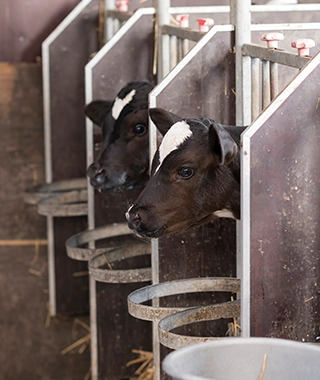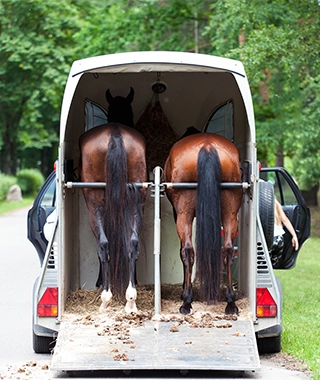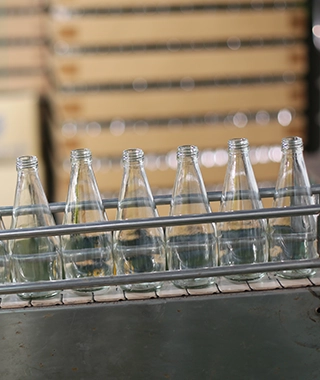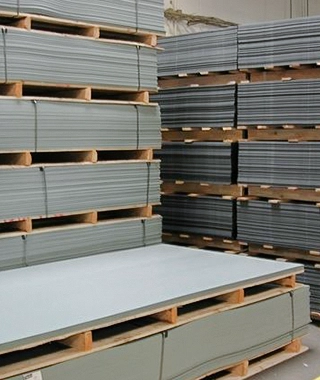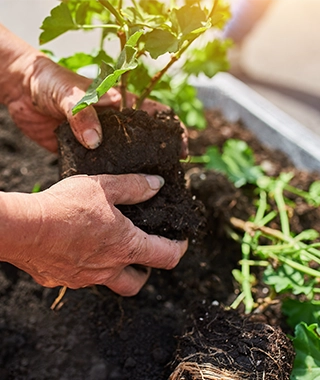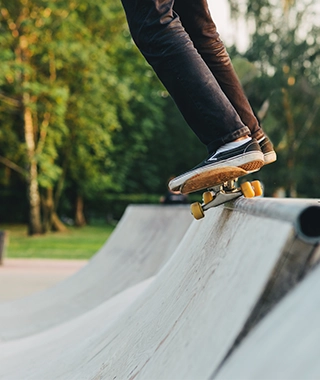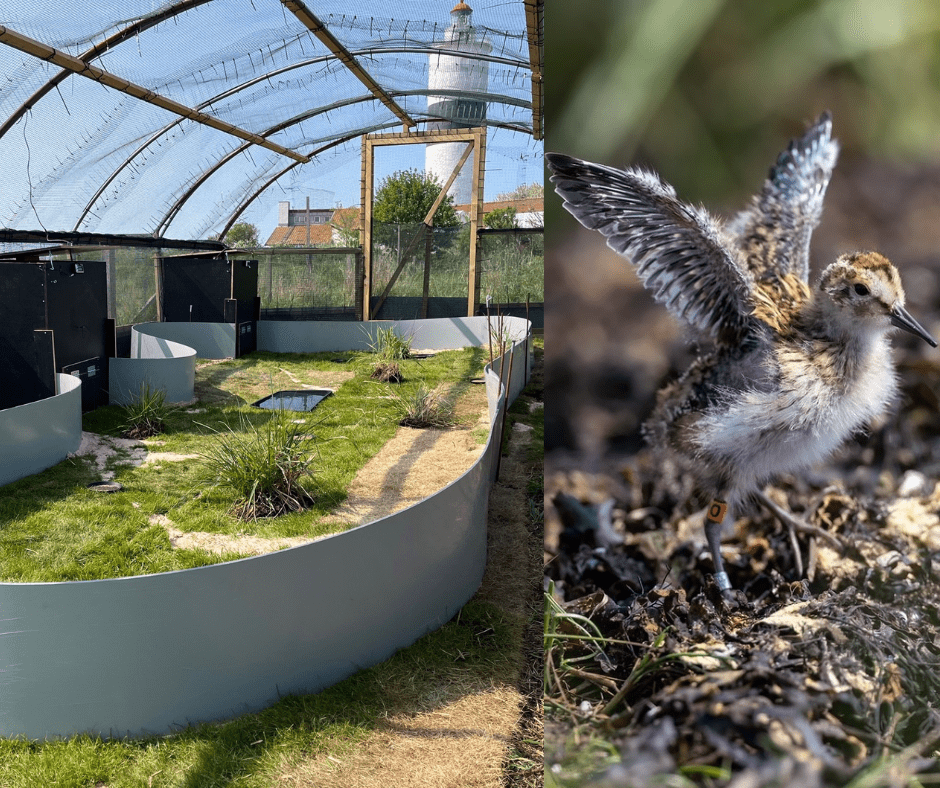Blogg
Project Save the Southern Dunlin
Appearance and behaviour
The southern dunlin is a small to medium-sized wading bird with a characteristically straight bill and long legs. Its plumage varies according to the season, but it often has dark and light coloured streaks and spots on the upper side.
Known for their fast and elegant flight patterns, these birds move smoothly through wetlands as they search for insects, worms and small crustaceans. They often nest in sheltered areas and lay their eggs in small pits in the ground.
Importance to the ecosystem
The presence of the southern dunlin is an indicator of a healthy wetland. It helps to control the insect population and acts as food for other animals, such as birds of prey. In addition, it plays a key role in promoting biodiversity and maintaining the balance of the wetland ecosystem.
Conservation work
In Sweden, the southern dunlin is classified as threatened, and faces several challenges, such as habitat loss and climate change. Several efforts are underway to preserve and protect the habitat of the southern dunlin, including wetland rehabilitation and protection of breeding areas.
Over the past 60 years, their numbers have declined sharply due to drainage and the conversion of their ecosystem to arable land. With the objective of revitalising the population, the Nordens ark challenges and threats faced by the species, through various measures and conservation efforts.
A key part of this conservation plan includes strengthening the wild population by introducing individuals that have hatched and grown up on the Ark. These young, once they have reached a larger and almost flight-ready size, are released into areas deemed suitable.
Emma Nygren, a conservation biologist at Nordens Ark, clarifies that cubs in this phase of development can protect themselves more effectively against predators. “They then have a head start in life and have overcome the most vulnerable phase of their development,” Nygren says.
Through these deliberate efforts and continuous conservation activities, this project aims to ensure a sustainable future for the southern dunlin, thereby preserving the biodiversity and ecological balance of Sweden’s unique landscapes and wetlands.
How our products help
Using our plastic plates of 100% recycled plastic small pens for the chicks have been built at the Ottenby lighthouse on southern Öland. Here the chicks spend their time until they are ready to fly and are moved to other enclosures until they can finally be released into the wild. It’s great to be involved in this important project and see the little chicks grow and hopefully increase the number of marsh harriers in southern Sweden.
Foto: Nordens Ark

